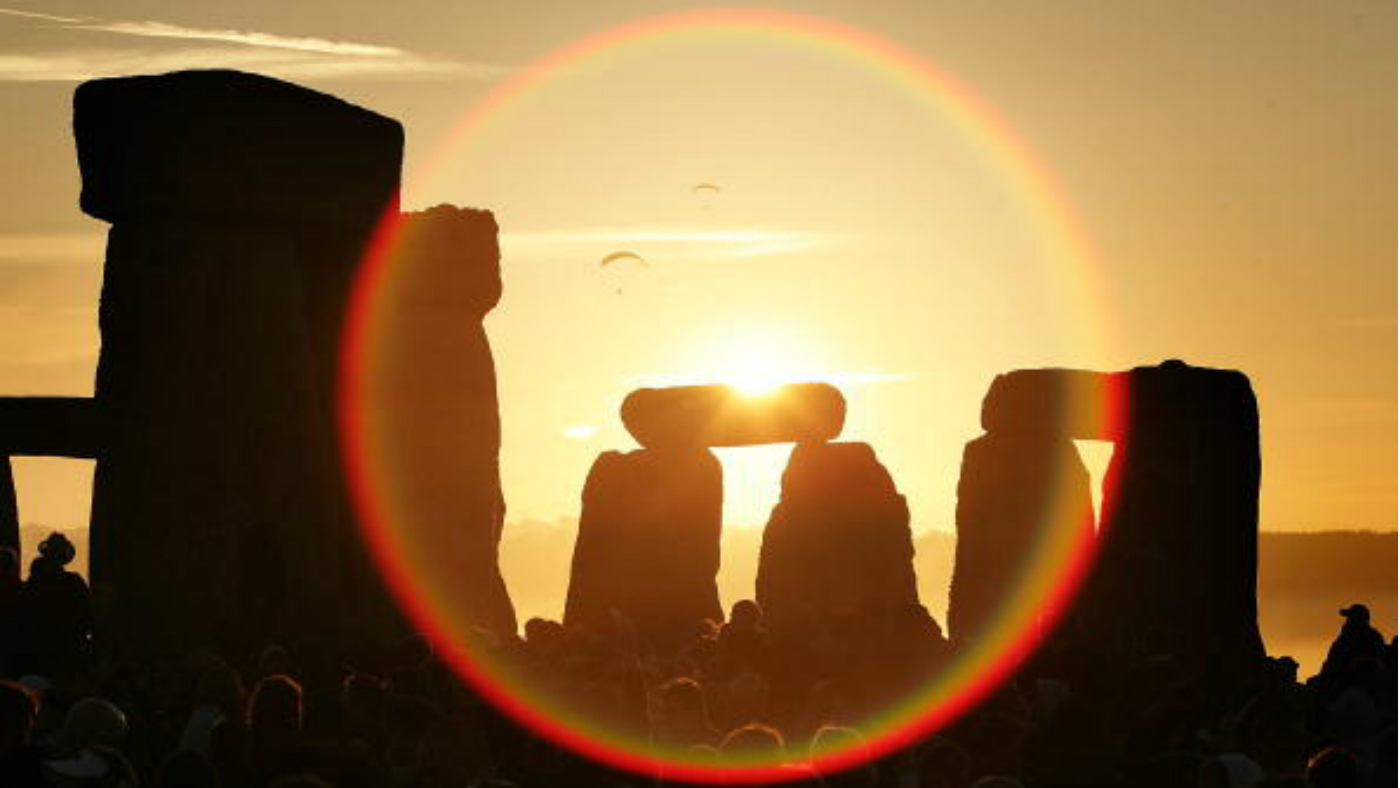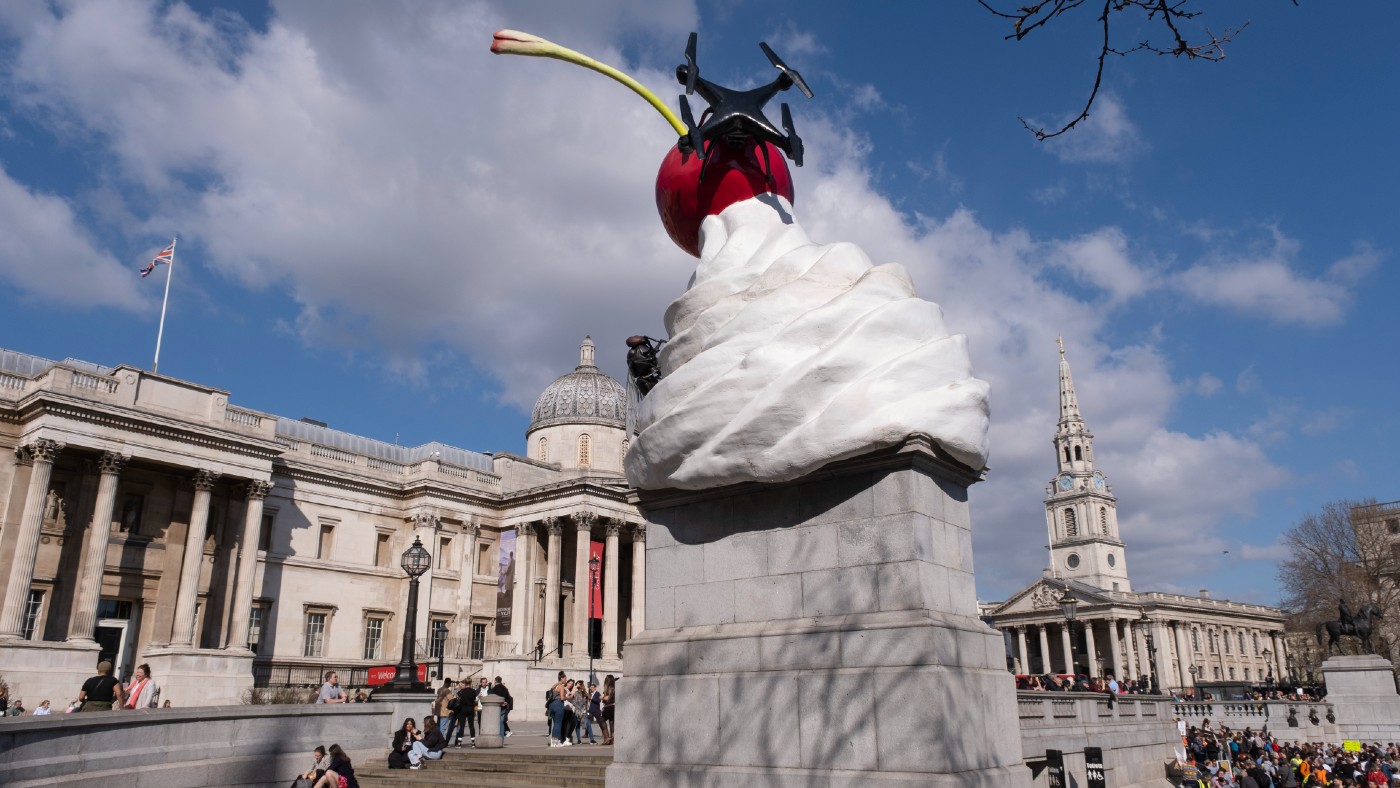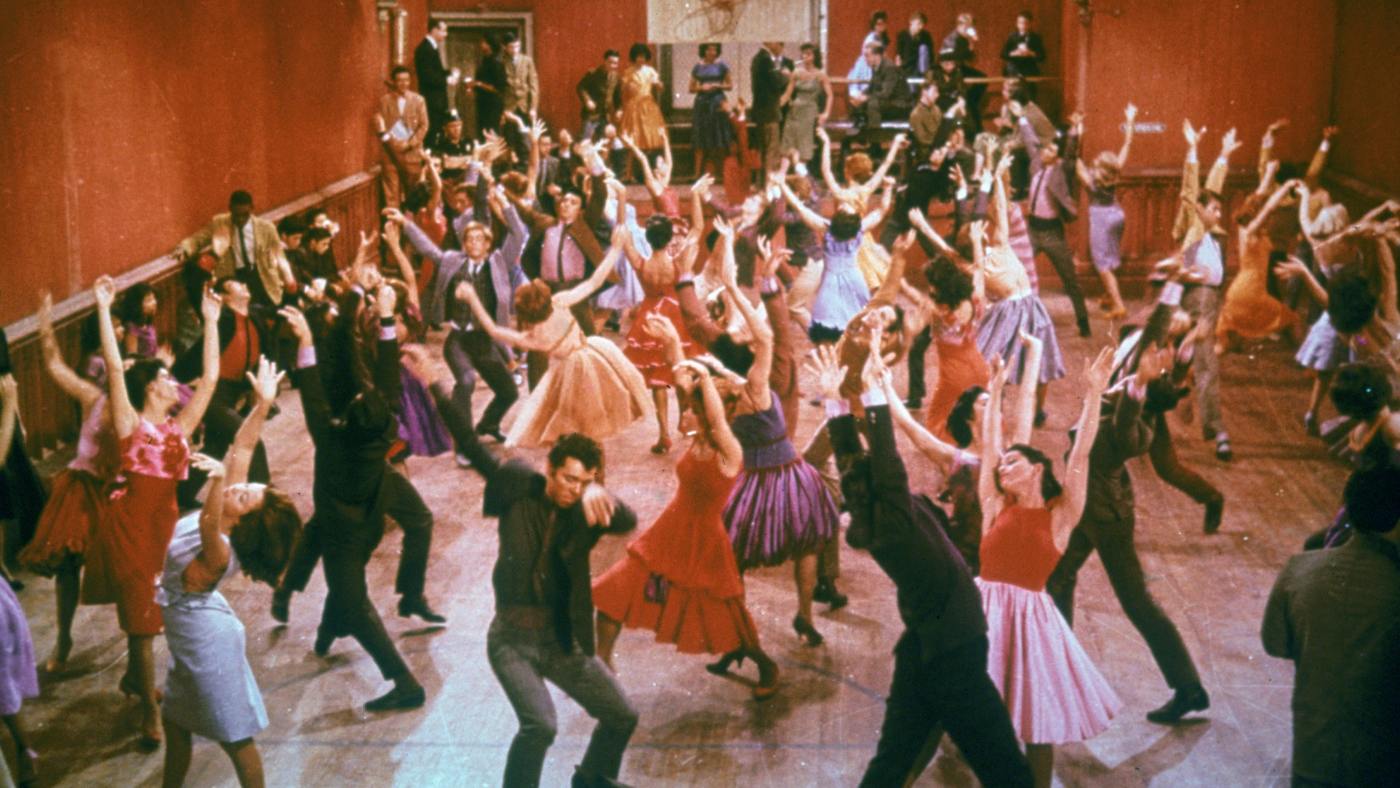Summer solstice: why people gather at Stonehenge
Pagans congregate at sunrise to celebrate the longest day of the year

Crowds flocked to the ancient site of Stonehenge this morning to see the Sun rise on the summer solstice, the longest day of the year in the Northern Hemisphere.
About 10,000 people gathered at the Neolithic monument in Wiltshire as dawn broke, the BBC reports.
Kate Logan, English Heritage’s director of Stonehenge, said the event was “one of the highlights of the year” at the popular site. “There was a lovely, friendly atmosphere throughout, the Sun shone and the dawn was greeted with loud cheers,” she added.
The Week
Escape your echo chamber. Get the facts behind the news, plus analysis from multiple perspectives.

Sign up for The Week's Free Newsletters
From our morning news briefing to a weekly Good News Newsletter, get the best of The Week delivered directly to your inbox.
From our morning news briefing to a weekly Good News Newsletter, get the best of The Week delivered directly to your inbox.
The monument is built on the alignment of the midsummer sunrise and the midwinter sunset. On the summer solstice, the sun rises behind the Heel Stone, the ancient entrance to the Stone Circle, and rays of sunlight are channelled into the centre of the monument.
For those unable to enjoy the spectacle in person, a digital live-stream of Stonehenge is now showing the scene, with a digital version of the sky above screened at night-time.
The newly launched Stonehenge Skyscape project, set up by English Heritage, means people across the globe can “tune in to the monument whenever they want”, says The Guardian.
The origin of the summer solstice
A free daily email with the biggest news stories of the day – and the best features from TheWeek.com
The name derives from “sol”, the Latin word for sun, and “sistere”, meaning “sun standing still”.
Astrologers believe the name came about becuase the Sun seems to “stand still” at the point on the horizon where it appears to rise and set, before moving off in the reverse direction, according to The Daily Telegraph.
In the West, summer solstice festivals are associated with pagans, for whom the longest day had both practical and religious significance. It was a fixed point around which the planting and harvesting of crops could be planned, but also marked the spiritual side of the shifting of the seasons.
It was often the period when people who worked the land could relax, too, which is one reason why June became the traditional months for weddings.
How is it measured?
The summer solstice occurs when the tilt of Earth’s axis is most inclined towards the sun and is directly above the Tropic of Cancer.
It officially marks the beginning of astronomical summer, which lasts until the autumn equinox falls on 23 September, when day and night will be of almost equal length.
The significance of Stonehenge
The ancient structure in Wiltshire is thought to have been designed to honour Earth’s solstices and equinoxes, and has been a sacred place of worship and celebration for the summer solstice for thousands of years.
Built in three phases between 3,000BC and 1,600BC, the stones are positioned to align with the sunrise on the two annual solstices, summer and winter.
“If you stand in just the right spot you will see the sun directly above the Heel Stone, which stands just outside the circle to the northeast,” says the Daily Express.
The BBC adds: “In addition to the large events at major sites such as Stonehenge, many more Pagans hold small ceremonies in open spaces, everywhere from gardens to woodlands.”
Traditions and beliefs
Pagans believe the summer solstice holds a special power, as a time when the veil between this world and the next is at its thinnest.
Singing, dancing, and music are central to present-day celebrations across Europe. The summer solstice is a national holiday in Sweden and Finland, where it is known as Midsummer’s Eve. Homes are cleaned and decorated with flowers, and many people throw midsummer parties around bonfires.
Traditionally, pagan worshippers would wish each other “happy solstice”, or “happy litha”, the term used by ancient pagans to mark the solstice.
The word litha is derived from the Saxon month that corresponds to June and July, says the Express.
What about the winter solstice?
The shortest day of the year takes place in the Northern Hemisphere on 21 December.
Known as the winter solstice, it marks the point when the the Earth’s axis is tilted furthest away from the Sun directly over the Tropic of Capricorn.
In the Southern Hemisphere, the solstice is reversed to correspond with the opposing seasons.
-
 A TikTok trend has Gen Z men leaving streetwear behind for more preppy attire
A TikTok trend has Gen Z men leaving streetwear behind for more preppy attireThe Explainer More than a zipper: Young Black men embrace the ‘quarter-zip movement‘
-
 Codeword: December 12, 2025
Codeword: December 12, 2025The daily codeword puzzle from The Week
-
 Sudoku medium: December 12, 2025
Sudoku medium: December 12, 2025The daily medium sudoku puzzle from The Week
-
 Sport on TV guide: Christmas 2022 and New Year listings
Sport on TV guide: Christmas 2022 and New Year listingsSpeed Read Enjoy a feast of sporting action with football, darts, rugby union, racing, NFL and NBA
-
 House of the Dragon: what to expect from the Game of Thrones prequel
House of the Dragon: what to expect from the Game of Thrones prequelSpeed Read Ten-part series, set 200 years before GoT, will show the incestuous decline of Targaryen
-
 One in 20 young Americans identify as trans or non-binary
One in 20 young Americans identify as trans or non-binarySpeed Read New research suggests that 44% of US adults know someone who is transgender
-
 The Turner Prize 2022: a ‘vintage’ shortlist?
The Turner Prize 2022: a ‘vintage’ shortlist?Speed Read All four artists look towards ‘growth, revival and reinvention’ in their work
-
 What’s on TV this Christmas? The best holiday television
What’s on TV this Christmas? The best holiday televisionSpeed Read From films and documentaries to musicals for all the family
-
 Coco vision: up close to Chanel opticals
Coco vision: up close to Chanel opticalsSpeed Read Parisian luxury house adds opticals to digital offering
-
 Abba returns: how the Swedish supergroup and their ‘Abba-tars’ are taking a chance on a reunion
Abba returns: how the Swedish supergroup and their ‘Abba-tars’ are taking a chance on a reunionSpeed Read From next May, digital avatars of the foursome will be performing concerts in east London
-
 ‘Turning down her smut setting’: how Nigella Lawson is cleaning up her recipes
‘Turning down her smut setting’: how Nigella Lawson is cleaning up her recipesSpeed Read Last week, the TV cook announced she was axing the word ‘slut’ from her recipe for Slut Red Raspberries in Chardonnay Jelly